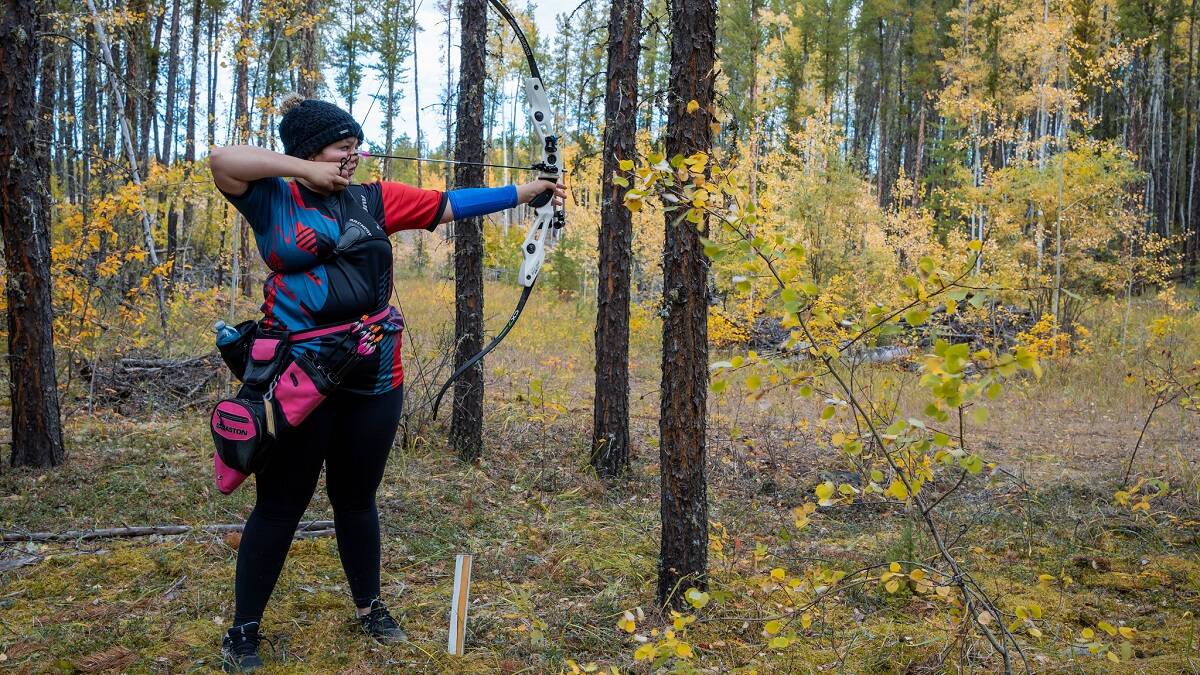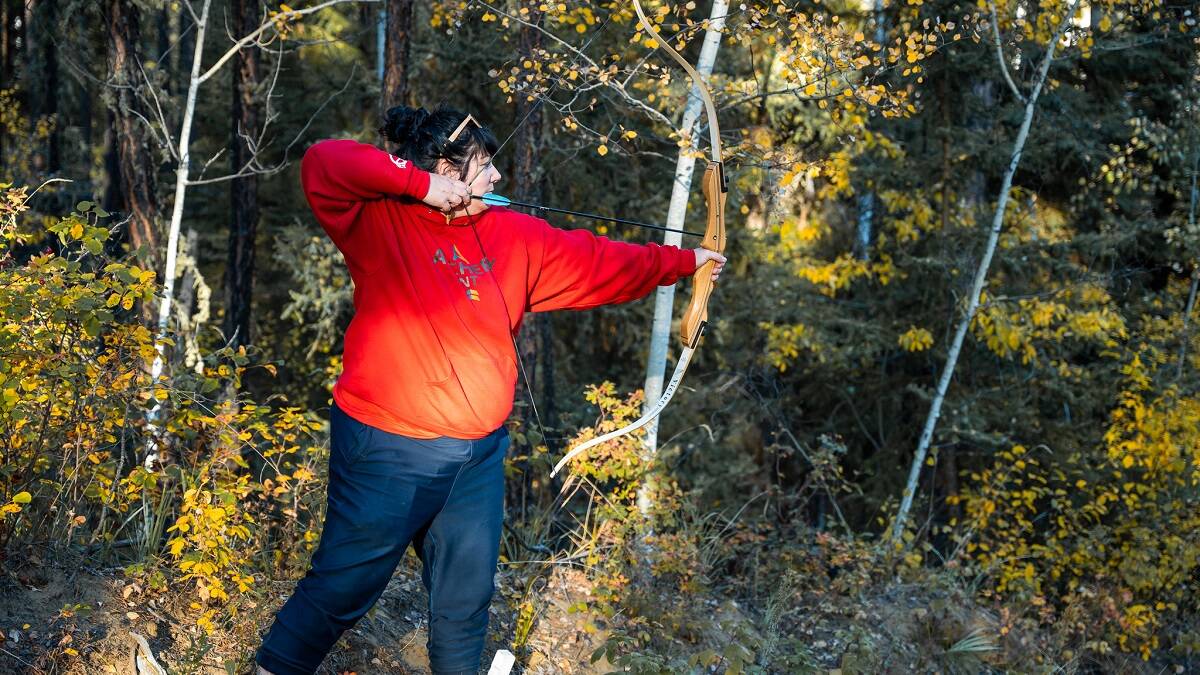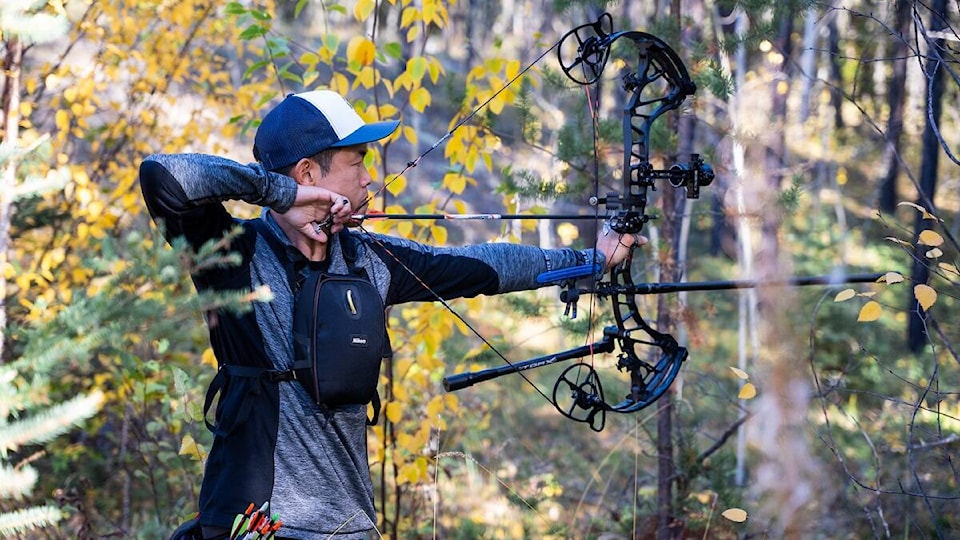For the first time, Archery NT took its territorial championships on the road and it appears to have been a popular decision.
The Archery NT Championships happened at the Fort Smith Ski Club late last month with 40 competitors from Yellowknife, Fort Resolution, Hay River, Behchoko and the host community taking to the trails. The competition was conducted using 3-D targets — life-sized effigies of animals — as opposed to the usual target-style shooting seen at events such as the Canada Winter Games.
Carson Roche, programs manager at the Aboriginal Sports Circle of the NWT — Archery NT falls under the Sports Circle’s umbrella — said it was a perfect weekend for everything to happen.
“Not a lot of wind, no rain, and it was warm,” he said. “The trees blocked a lot of the wind when people were were shooting, so that made it easier.”

A total of 10 targets were placed around the course and the competitors were looking to hit the highest-scoring target on each animal. The smallest circle, the bullseye, was worth 11 points, while the next highest-scoring target was worth 10 points. Eight points was given for a hit in the next smallest area with five points given for any contact with the animal.
Roche said anyone hitting the 11-point target received an X and that was important because the Xs would have been used as a tiebreaker.
“It came close, but we didn’t have to do that,” he said.
The archers competed with either compound or recurve (traditional) bows. The main differences are that recurve bows have no sights on them to assist with aiming and are usually made of wood.
The age groups were adjusted this year with just three categories: U14, U18 and 19 and older. The goal was to try to finish the competition in one day, said Roche.
“We planned on having the younger kids in the morning and then have the teens in the adults in the afternoon,” he said. “The younger ones were taking a bit longer to shoot, so we decided to intermingle everyone. Once the younger ones got past the third animal, we got the teens and adults out.”
The awards and closing ceremonies happened following the competition, he added, and the out-of-town crew drove out on Sunday.

Every championship before this year had been held in Yellowknife, and Roche said the move to Fort Smith seemed to be a hit among the competitors.
“Everyone liked being there,” he said. “People were asking when the next one was going to be, some were asking how to get archery happening in their community. We learned a lot and I think taking it into different communities is something we’re going to be thinking about doing for the future.”
This year’s championships were the first ones held in the fall — all previous editions took place in early summer — and Roche said it was a chance to relate to Indigenous culture.
“When people were out hunting with a bow and arrow, it was in the fall, so we’ll probably stick with the fall dates,” he said.
